
Free Zamba Music Generator Powered by AI
Turn text into high-quality Zamba music effortlessly – no login required!
music.toolTips
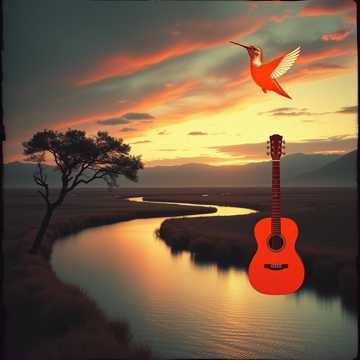
Paqué
A heartfelt zamba that combines traditional Argentine roots with experimental pop-rock influences. 'Paqué' expresses deep affection for a woman from Santiago, celebrating her beauty and connection to nature through emotionally rich lyrics and a unique blend of instrumentation.
02:46
2 days ago

Paqué
A passionate zamba with pop-rock and avant-garde rock influences, 'Paqué' celebrates the beauty and sweetness of a santiagueña woman, blending traditional and experimental sounds to convey emotional depth.
04:33
2 days ago
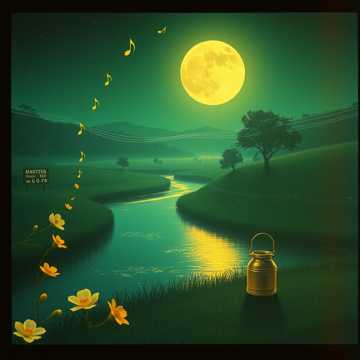
Stay
Una zamba que celebra la belleza criolla santiagueña, mezclando tradición y modernidad con un sentir profundo, dulce y campestre.
03:38
2 days ago

Stay
A tribute to the beauty of a Santiagueña woman, blending zamba's soulful essence with pop-rock vibes. The lyrics evoke love, nature,AI Song Analysis and local traditions, while the arrangement fuses traditional and modern sounds.
03:14
2 days ago
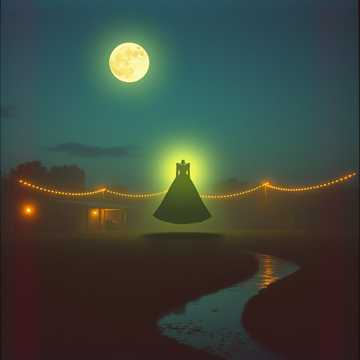
Stay
A romantic zamba celebrating the beauty of a Santiago woman, blending traditional folk with modern rock and jazz influences. The song's lyrics evoke deep feelings of love and admiration for the subject's beauty and sweetness.
03:00
2 days ago
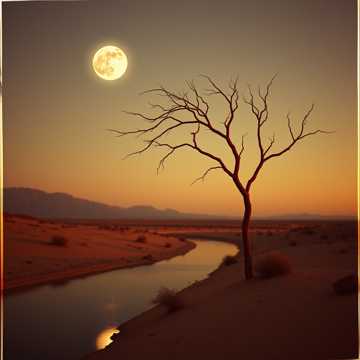
ffçf
A heartfelt zamba that praises the beauty of a santiagueña woman, blending traditional Argentine folk music with modern influences. The song evokes a deep emotional connection to love, nature, and local traditions.
03:27
Invalid date

Zamba La Leyenda del Chocón
A poignant Argentine Zamba depicting the legend of an Indian who, blinded by love, wanders through stormy paths and is found frozen, a symbol of the pain and persistence of love in folklore.
02:56
Invalid date
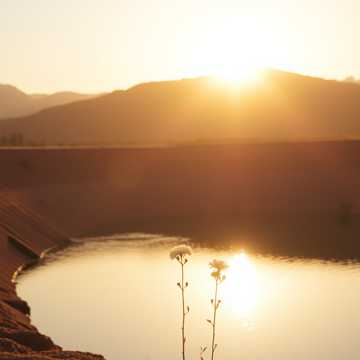
Tutuca
A zamba-inspired love song that celebrates the beauty and charm of a Santiago woman. Its rich melodic fusion of pop, jazz, and rock, paired with heartfelt lyrics, brings out the cultural depth and emotional warmth of the region.
03:06
4 days ago
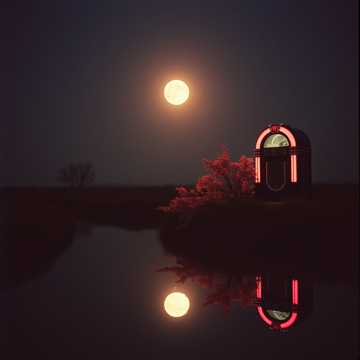
Tutuca
A romantic zamba that celebrates the beauty of a local woman from Santiago del Estero, blending traditional Argentine folk with modern jazz, pop, and rock influences. The song reflects on love, nature, and regional identity with soulful melodies.
03:53
4 days ago

sancrio
A fusion of Argentine zamba and modern pop/jazz, 'Sancrio' celebrates rural love and beauty. The heartfelt lyrics depict a connection to nature, infused with the warmth of a beloved figure. Enhanced by soulful melodies, it captures the essence of Santiago del Estero's culture.
02:57
4 days ago
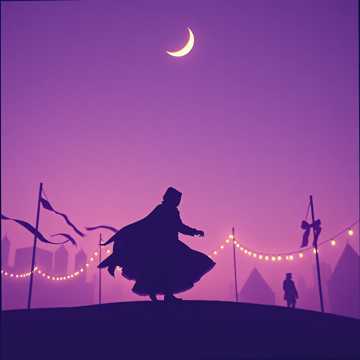
Ttt
This Zamba song expresses deep longing, with lyrics depicting the sorrow of unfulfilled love, nostalgia for past moments, and the hope of reunion. The traditional style enhances the emotional depth, inviting listeners into a world of memories and dreams of a lost love.
02:20
5 days ago
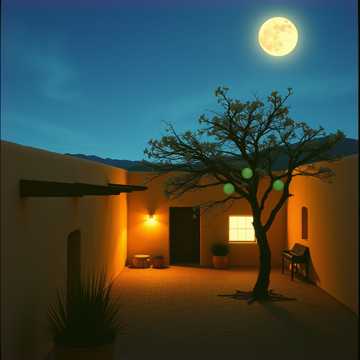
Criolla
A heartfelt zamba dedicated to a beloved 'criollita' from Santiago, this song blends love, nature, and regional pride, set to a soothing 6/8 pop rhythm. Its emotive vocals and rich instrumental arrangement evoke deep cultural resonance.
02:55
5 days ago

Cristina
A heartfelt song capturing the essence of love and connection, set in the Argentine landscape. With warm vocals and traditional zamba rhythms, 'Cristina, Bella Tucumana' celebrates a beloved figure, blending nature, intimacy, and the beauty of human emotion.
02:38
6 days ago

Corazón maltrecho
A poignant reflection on heartbreak, 'Corazón maltrecho' conveys the longing for love and the desire for healing through simple gestures. With a fusion of Argentine folk rhythms and emotional vocals, it speaks to the universal pain of lost love.
03:46
6 days ago
Introduction to the Zamba Music Tag: Definition and Historical Background
Zamba is a traditional Argentine musical genre and folk dance that holds a special place in the cultural identity of Argentina and neighboring South American countries such as Bolivia and Peru. Characterized by its slow, graceful rhythm and distinctive 6/8 time signature, Zamba is often performed with guitar, bombo legüero (a type of drum), and vocals accompanied by the delicate waving of handkerchiefs in dance. The origins of Zamba can be traced back to the colonial period of the 19th century, where it evolved as a blend of Spanish, Indigenous, and African musical traditions. Unlike the similarly named 'Samba' from Brazil, Zamba has a more melancholic and romantic character. Over time, Zamba became an emblem of Argentine folk culture, celebrated in festivals, national ceremonies, and artistic performances throughout Latin America.
Sub-tags and Classifications of Zamba Music
Traditional Zamba
Traditional Zamba represents the purest form of the genre, maintaining its historical structure and tempo. Typically played with acoustic guitars, bombo drums, and vocals, it focuses on romantic or patriotic lyrics. This sub-tag preserves the original folk roots and continues to be a staple of Argentine festivals and cultural events.
Modern Zamba
Modern Zamba incorporates contemporary instrumentation and arrangements while maintaining the characteristic 6/8 rhythm. Artists in this classification often fuse Zamba with elements of pop, rock, or jazz to make it more appealing to younger audiences. This version of Zamba demonstrates the genre’s adaptability and continued relevance in modern Argentine music.
Instrumental Zamba
Instrumental Zamba emphasizes melody and rhythm rather than vocals. These compositions highlight the expressive potential of the guitar, charango, and bombo legüero. Instrumental Zamba is often used in films, documentaries, and dance performancesZamba music overview where the music’s emotional tone sets the mood.
Regional Variations of Zamba
Different regions of Argentina and neighboring countries have developed their own variations of Zamba. For instance, the Zamba Salteña from Salta features more pronounced percussion and vocal intensity, while the Zamba Tucumana from Tucumán is known for its softer and more romantic delivery. These sub-tags reflect the local cultural diversity within the broader Zamba tradition.
Famous Artists and Classic Works in Zamba Music
Mercedes Sosa
Known as 'La Negra,' Mercedes Sosa was one of the most iconic interpreters of Zamba music. Her performances of Zambas like 'Alfonsina y el Mar' and 'Zamba para no Morir' brought Argentine folk music to international attention. Her emotive vocal style and political activism helped establish Zamba as a form of cultural expression and resistance.
Alfonsina y el Mar
This iconic Zamba, composed by Ariel Ramírez with lyrics by Félix Luna, was popularized by Mercedes Sosa. The song tells the story of the poet Alfonsina Storni and blends poetic lyrics with melancholic melody. Its gentle rhythm and emotional depth epitomize the expressive beauty of Zamba music.
Atahualpa Yupanqui
Atahualpa Yupanqui is a legendary Argentine folk musician, poet, and songwriter whose works deeply influenced the development of Zamba. His compositions such as 'La Zamba de Vargas' and 'Zamba del Grillo' combine poetic storytelling with traditional Zamba rhythms, embodying the soul of rural Argentina.
Zamba para no Morir
Composed by Hamlet Lima Quintana, this Zamba has become one of the most enduring pieces in Argentine folk music. The song expresses themes of resilience and immortality through art. Its slow tempo, haunting vocals, and rhythmic bombo patterns reflect the spiritual essence of traditional Zamba.
Los Chalchaleros
This renowned Argentine folk group popularized traditional Zamba during the mid-20th century. Their harmonious vocal arrangements and lively performances of pieces like 'Zamba del Laurel' and 'Zamba de mi Esperanza' made them a cornerstone of Argentina’s folk revival movement.
Zamba de mi Esperanza
This timeless folk song embodies the hopeful and nostalgic spirit of Argentine Zamba. Known for its memorable melody and heartfelt lyrics, it has been interpreted by numerous artists and remains a central piece in Zamba’s cultural heritage.
Eduardo Falú
A virtuoso guitarist and composer, Eduardo Falú contributed significantly to instrumental Zamba. His sophisticated guitar techniques and compositions such as 'Zamba de la Candelaria' elevated the genre’s artistic profile and expanded its reach beyond traditional audiences.
Application Scenarios of Zamba Music
Zamba music is frequently used in Argentine and Latin American films to evoke emotion, nostalgia, and cultural identity. Its melodic depth and slow rhythm are ideal for dramatic or romantic scenes that highlight the natural landscapes or historical narratives of Argentina.
Film Soundtracks
Zamba is a key feature of national festivals such as the Festival Nacional de Folklore de Cosquín. It is performed during patriotic events, dance competitions, and cultural showcases to celebrate Argentine heritage and unity.
Cultural Festivals and National Celebrations
The soft, evocative sound of Zamba music is often used in tourism ads to represent Argentina’s cultural richness and scenic beauty. It helps create a sense of authenticity and emotional connection with audiences.
Advertising and Tourism Campaigns
Zamba music provides the rhythmic foundation for traditional dance performances, characterized by elegant movements and the symbolic use of handkerchiefs. It is often featured in stage productions highlighting Argentine folklore.
Dance Performances and Stage Productions
In modern multimedia contexts, instrumental Zamba compositions are used in documentaries and video games that explore South American history or landscapes, providing a culturally immersive and emotional atmosphere.
Video Game and Documentary Backgrounds